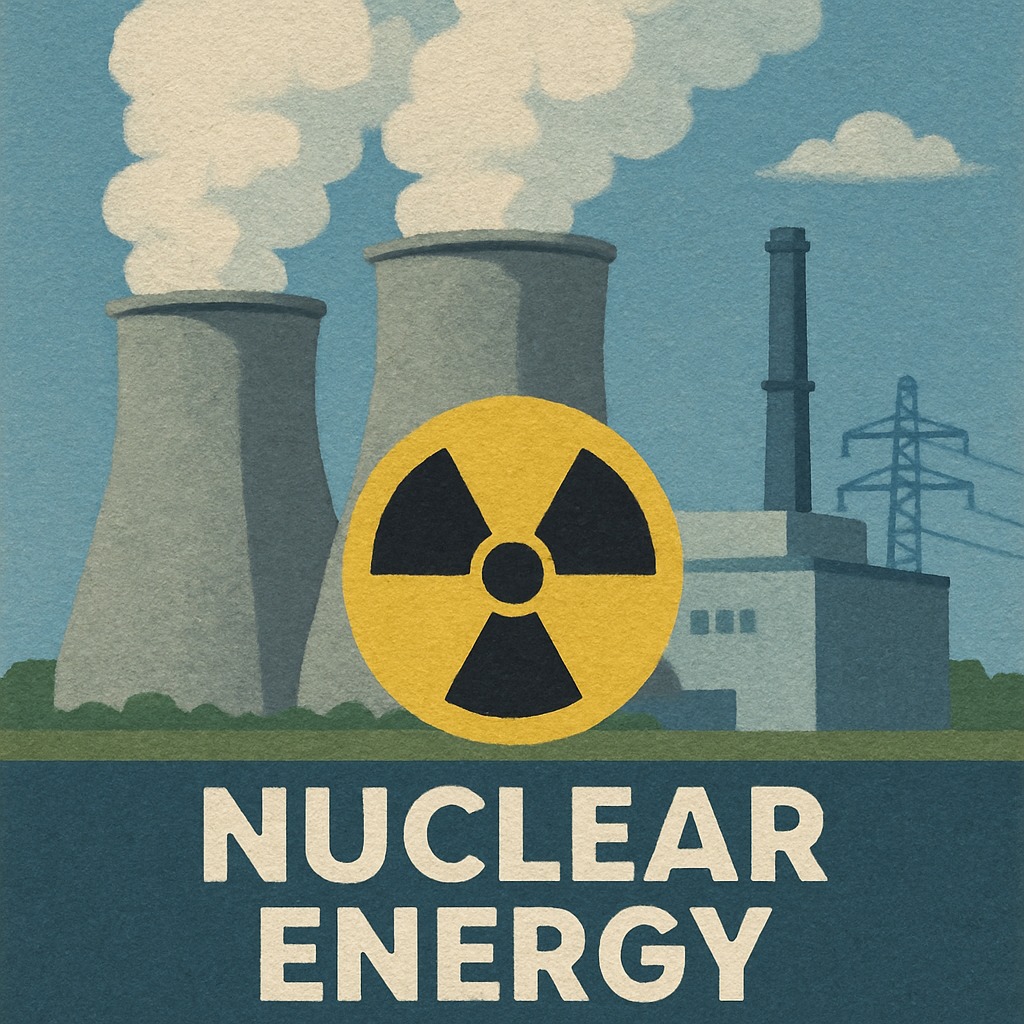L.B. Foster's Q1 2025 Results: Navigating Challenges with a Strong Backlog and Strategic Focus
L.B. foster company (FSTR) reported its first-quarter 2025 financial results, revealing a mixed bag of performance: revenue declined significantly, but strategic progress in backlog growth, infrastructure sales, and cost discipline provided hope for a rebound in the coming quarters. While the quarter was marked by headwinds in its rail segment, management emphasized its confidence in the company’s long-term trajectory, driven by a robust order pipeline and a new stock buyback program.

Financial Performance: A Tough Start, But Signs of Resilience
The quarter began with a 21.3% year-over-year decline in revenue to $97.79 million, driven primarily by a 34.6% drop in rail segment sales. This segment, which includes rail distribution and technology services, faced reduced demand due to delayed government funding and weaker activity in the UK market. Gross margins also contracted, falling to 20.6%, while adjusted EBITDA plunged to $1.82 million—a 69% decline compared to the prior-year period.
The company’s net debt rose to $82.5 million, pushing its gross leverage ratio to 2.5x, slightly above its target range of 1.0x–2.0x. However, management noted this was a temporary increase, with plans to reduce leverage as sales recover.
Segment Breakdown: Infrastructure Outperforms, Rail Shows Promise
While the rail segment struggled, its backlog surged by 46.9% during the quarter to $91.7 million, signaling improved project activity and funding. Within rail, friction management sales rose 11%, with backlog jumping 71% year-over-year, driven by strong demand for consumables and new customer geographies. Management highlighted this as a key growth driver, noting sequential order growth of 39% heading into Q2.
The Infrastructure Solutions segment proved more resilient, with sales increasing 5% year-over-year, fueled by a 33.7% rise in precast concrete sales. Gross margins in this segment expanded by 40 basis points to 18.6%, aided by higher volumes and better steel product margins. The infrastructure backlog grew to $145.5 million, driven by a 51.6% jump in protective coatings orders, a high-margin business.
Backlog and Order Trends: A Bright Spot for Future Growth
Total backlog hit $237.2 million, up 27.6% from the prior quarter and 6.7% year-over-year. This reflects strong demand in high-margin areas like rail products (+22% year-over-year) and friction management (+71% year-over-year). New orders rose 12.6% year-over-year to $149 million, with infrastructure orders surging 35%—a positive sign for future revenue.
Strategic Moves: Buybacks and Cost Discipline
To signal confidence in its long-term prospects, L.B. Foster launched a $40 million three-year stock repurchase program, buying back 169,000 shares (1.5% of outstanding shares) in Q1. Management emphasized its focus on maintaining leverage within its target range and prioritizing free cash flow generation.
Cost controls also showed progress, with selling and administrative expenses reduced by 8.4% year-over-year, though these rose as a percentage of sales due to lower revenue.
Risks and Challenges
Despite the positives, risks remain:
- Elevated debt levels could strain liquidity if revenue growth falters.
- Government funding delays for rail projects could prolong headwinds in the rail segment.
- Macroeconomic uncertainty, including potential inflation and supply chain disruptions, poses a threat to infrastructure spending.
Outlook and Guidance
Management reaffirmed its full-year 2025 guidance, projecting:
- Net sales of $540–580 million
- Adjusted EBITDA of $42–48 million
- Free cash flow of $20–30 million
CEO John Kasel highlighted expectations for a “big Q2,” citing improved rail distribution demand and a favorable backlog mix. The company also aims to reduce its leverage ratio to its target range by year-end.
Conclusion: Positioning for a Turnaround
L.B. Foster’s Q1 results reflect short-term challenges in its rail segment, but the company’s $237 million backlog, strong infrastructure performance, and strategic moves like the buyback program suggest resilience. With order rates improving and backlog growth in high-margin areas, the second half of 2025 could see a recovery.
Investors should monitor debt levels and the timing of infrastructure funding, but the company’s focus on cost discipline and backlog execution provides a foundation for long-term stability. At current valuations, L.B. Foster appears positioned to capitalize on its backlog-driven growth, making it a compelling play on the cyclical recovery of rail and infrastructure markets.
Final Takeaway: While Q1 was tough, L.B. Foster’s backlog and strategic priorities position it to rebound. The coming quarters will test its ability to convert orders into profits, but the signs are cautiously optimistic.
Ask Aime: "Did L.B. Foster's Q1 2025 financial results show a decline in revenue, but a promising backlog growth and strategic cost control?"


_602209e51748961823933.jpeg)







